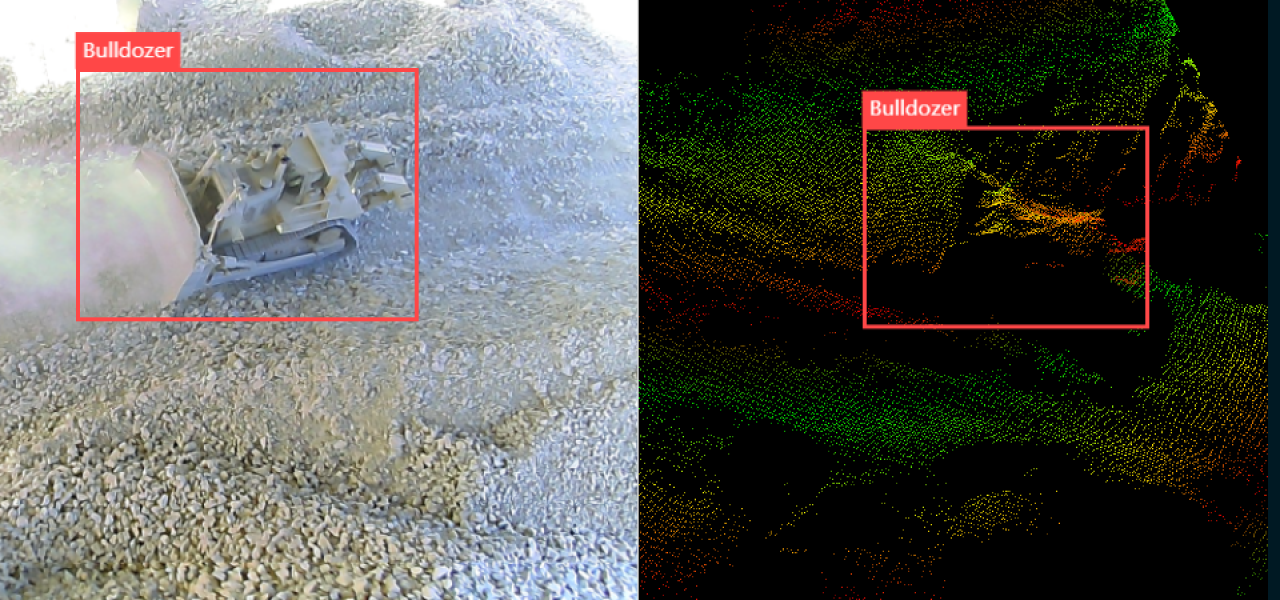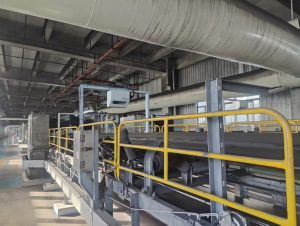Introduction
Efficient and accurate measurement of bulk materials is crucial for industries dealing with raw stockpiles—especially in sectors like aluminum production. Manual techniques often fail to deliver the precision and scalability required for modern inventory systems. This case study highlights how one aluminum manufacturer adopted VI LiDAR’s 3D scanning solution to transform its volume measurement process.
Project Background
A major aluminum manufacturing facility in China faced persistent challenges in managing its raw material stockpiles. Traditional measurement methods—largely manual—resulted in inconsistent data, slow processes, and unnecessary labor costs.
Key Problems Identified
- Low Measurement Accuracy
Manual tools couldn’t deliver the consistency needed for precise volume tracking. - High Labor Intensity
Frequent on-site measurements exposed staff to hazardous environments and added operational costs. - Ineffective Inventory Control
Inaccurate records led to misaligned supply and production schedules.
VI LiDAR Volume Measurement System (VMS-W): Automating Inventory Management in Three Steps
Through on-site inspection and demand analysis, the VI LiDAR engineering team deployed the VMS-W Smart Warehouse Volume Management System, featuring three powerful modules:
1. Intelligent Zone Planning
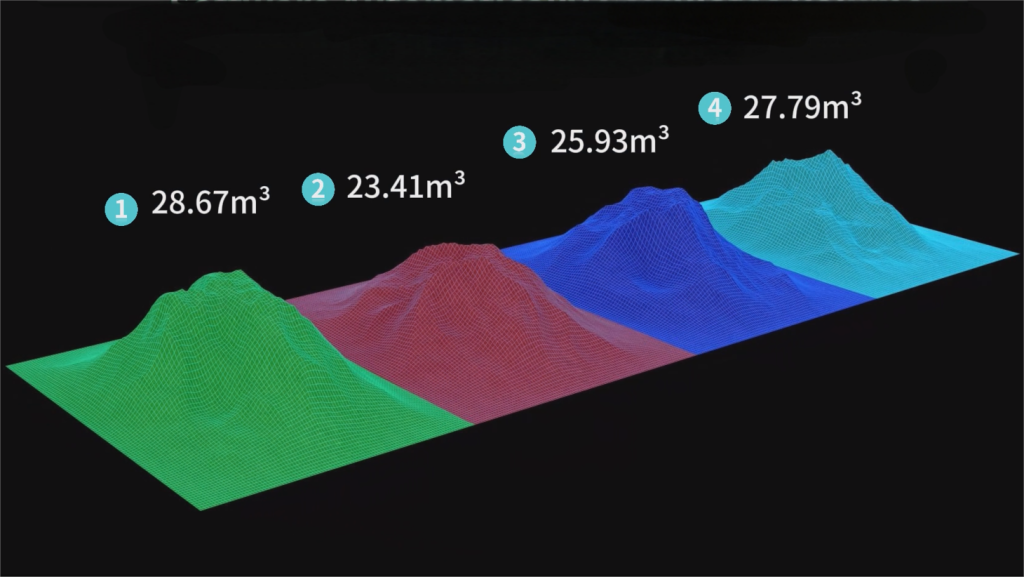
Flexible Warehouse Layouts
- Dynamic Area Configuration: Define multiple custom measurement zones within the software, adaptable to irregular stockpile distributions (minimum resolution: 0.1 m²).
- Operational Efficiency: Measurement setup time reduced from 2 hours to just 10 minutes, compatible with over 90% of industrial warehouse layouts.
2. Point Cloud + Image Fusion Technology
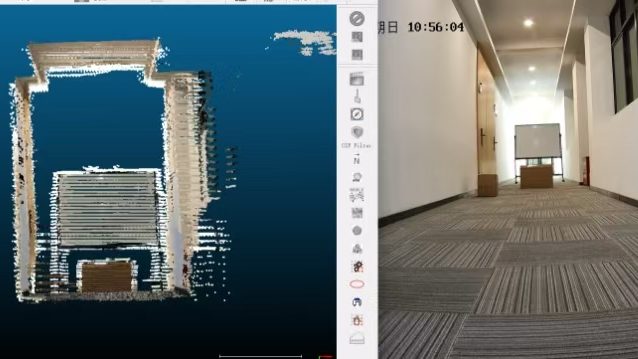
LiDAR + Camera Integration
- Multimodal Data Alignment: LiDAR point cloud data (accuracy ±2 cm) is fused in real time with 4K industrial camera imagery to generate textured 3D models.
- Enhanced Visualization: Access RGB-mapped heatmaps of material shape and density via web or mobile interface. The abnormal pile detection rate improved by 65%.
3. AI-Powered Stockpile Recognition Engine
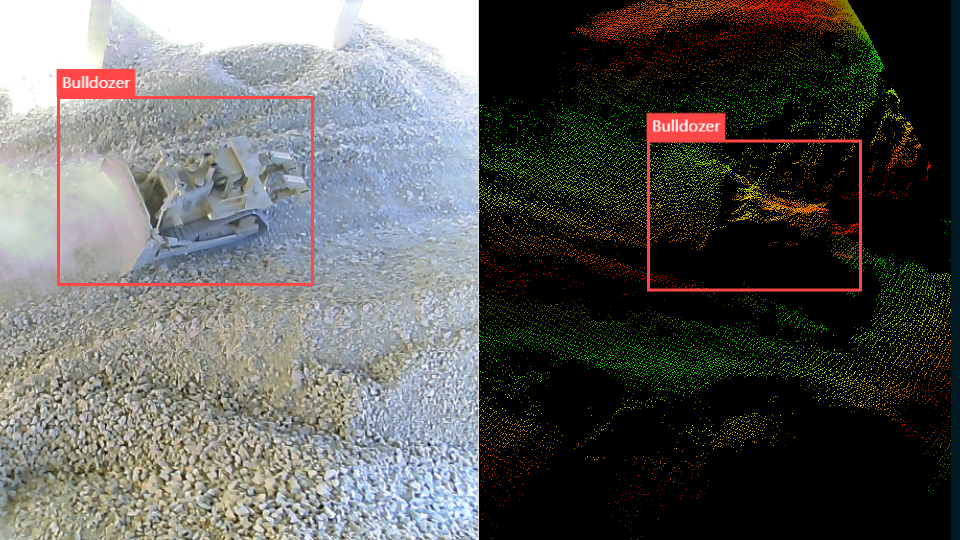
Smart Object Identification
- Automated Classification: Deep learning algorithms detect and classify up to 8 types of objects including personnel and equipment with >97% accuracy.
- Tag-Based Management: Assign metadata tags to each object category (e.g., worker, transport vehicle, material), enabling structured, searchable warehouse intelligence.
Results & Measurable Benefits
The implementation yielded significant improvements across operations:
✅ Accuracy Boost
- Achieved ±2% accuracy, drastically reducing reporting errors.
✅ Time Efficiency
- Measurement time decreased by over 70%, enabling more frequent and automated assessments.
✅ Improved Safety
- Reduced personnel exposure to potentially hazardous environments.
✅ Cost Optimization
- Lowered manual labor costs and improved material planning efficiency.
Testimonial
“VI LiDAR’s volume measurement system has completely transformed the way we manage our warehouses. With just a login, we can now view real-time inventory levels across all facilities — and even forecast material consumption for the coming week. This has helped us reduce emergency purchase orders by over 20%.”
— Supply Chain Director, [Mr. Liu]
